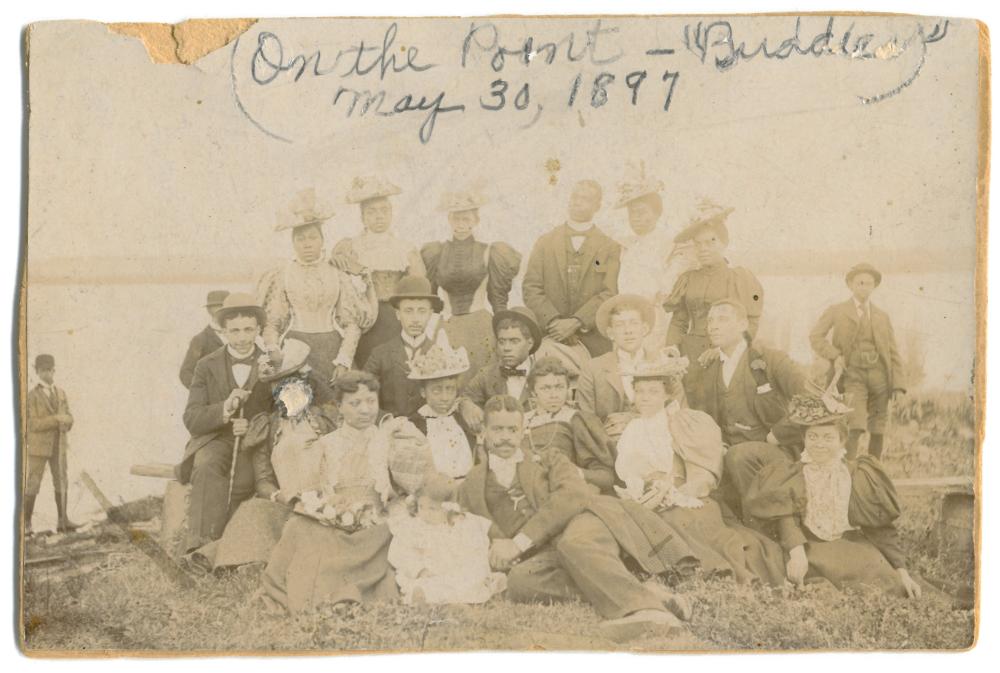
Near the end of Black History Month, Agenda Alexandria is bringing together a panel to discuss Black Alexandrians who helped shape the history of the city.
The talk, called “Resilience and Legacy: Unveiling Alexandria’s Black History” will highlight those who struggled against slavery and Jim Crow-era discrimination.
The panel, scheduled for Monday, Feb. 26, will be moderated by Agenda Alexandria Board Member and President of the Alexandria Branch of the NAACP Darrlynn Franklin.
Panelists will include:
- Audrey Davis: director of the African American History division of the Office of Historic Alexandria
- Octavia Stanton Caldwell: associate pastor of outreach at Shiloh Baptist Church
- Krystyn Moon: professor at the Department of History and American Studies at University of Mary Washington
The panel discussion will start at 7 p.m. at the Lyceum (201 S Washington Street).
Tickets are $10 for non-Agenda Alexandria members and the talk can be viewed in person at the Lyceum or online.
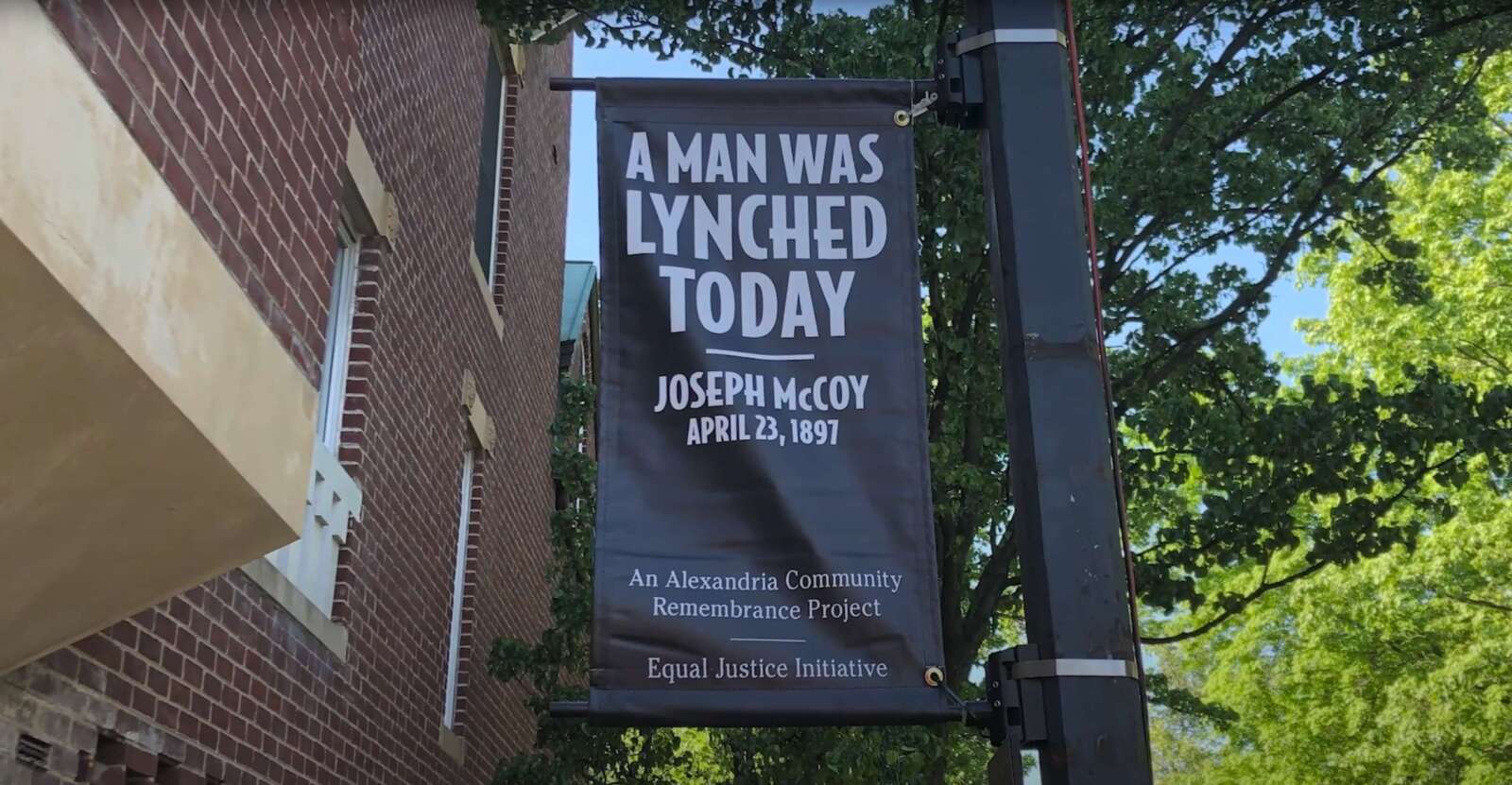
Genealogist and Alexandria Living Legend Char McCargo Bah didn’t have a lot of leads to go on when it came to finding the family of a man murdered in Alexandria over 125 years ago.
Joseph McCoy was lynched by a mob in Alexandria in 1897. In recent years, Alexandria has worked to commemorate the brutal murder of McCoy and other lynchings in the city as part of a nationwide initiative.
At a lecture later this month, Bah will discuss the process of finding McCoy’s family. According to the city:
Genealogist Char McCargo Bah will share how she, the official genealogist for the Alexandria Community Remembrance Project, discovered the family of the first of Alexandria’s lynching victims, Joseph McCoy, who was lynched in Alexandria on April 23, 1897. Learn the secrets to investigating a family tree that does not have many leads.
The lecture is scheduled for 2 p.m. on Sunday, Feb. 25, at the Black History Museum (902 Wythe Street). The event is free but has limited capacity.
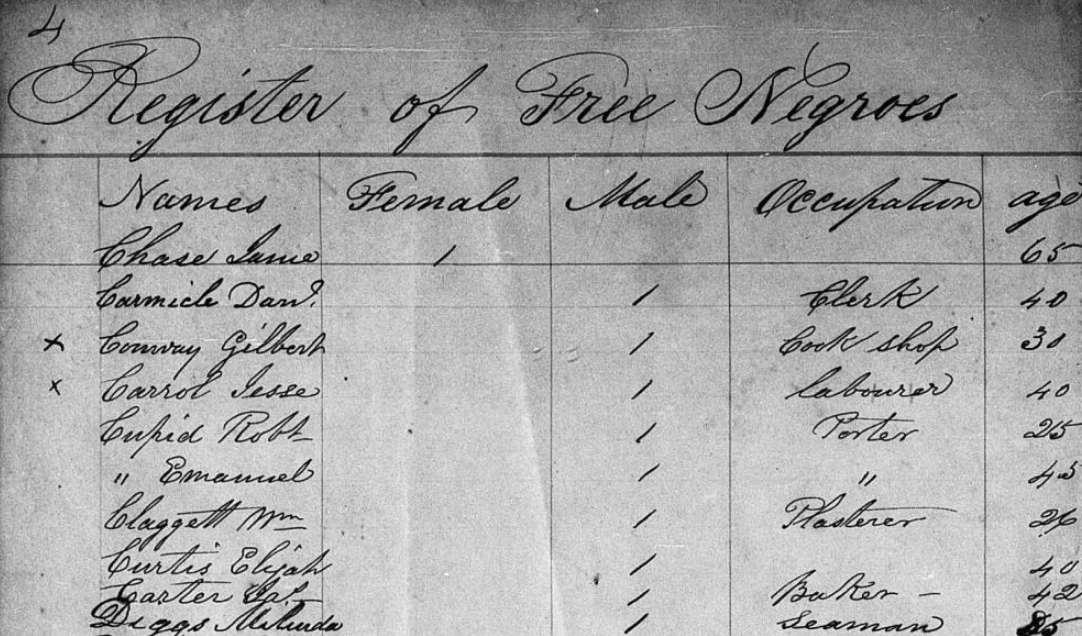
Black History Month kicks off next week and events around Alexandria throughout February will explore, commemorate and celebrate Black history in the city.
One of the biggest new additions is the “African American Waterfront Heritage Trail” running along the waterfront.
The trail previously existed as a self-guided tour driven by a website, but next month, there will be a ribbon cutting for new signs marking the trail.
Eleven new signs have been added to the trail, detailing the city’s Black history across centuries.
The ribbon cutting is scheduled for Saturday, Feb. 10.
“The 11 signs and two orientation panels illuminate the history of the African American community in Alexandria over the span of several centuries,” a release said. “The event will begin at 11 a.m. at the new Fishtown sign on the river side of Founders Park (351 N. Union Street).”
A reception after the ribbon cutting will be held on the third floor of the Torpedo Factory.
The list of events celebrating Black History Month, put together by Visit Alexandria, is below:

Care to try your hand at some tavern games by candlelight?
The Gadsby’s Tavern Museum (134 N. Royal Street) is hosting a night of drinks and games at 7 p.m. on Friday, Jan. 19.
Tickets are $25 and include one drink ticket. The event is recommended for those 21 and older.
According to a newsletter from the Office of Historic Alexandria:
Taverns were a hot spot for ‘sporting’ culture — some taverns even lived and died by what games that had on offer! Enjoy drinks, a brief presentation about 18th-century gaming culture, and the opportunity to try your hand at a variety of 18th-century games.
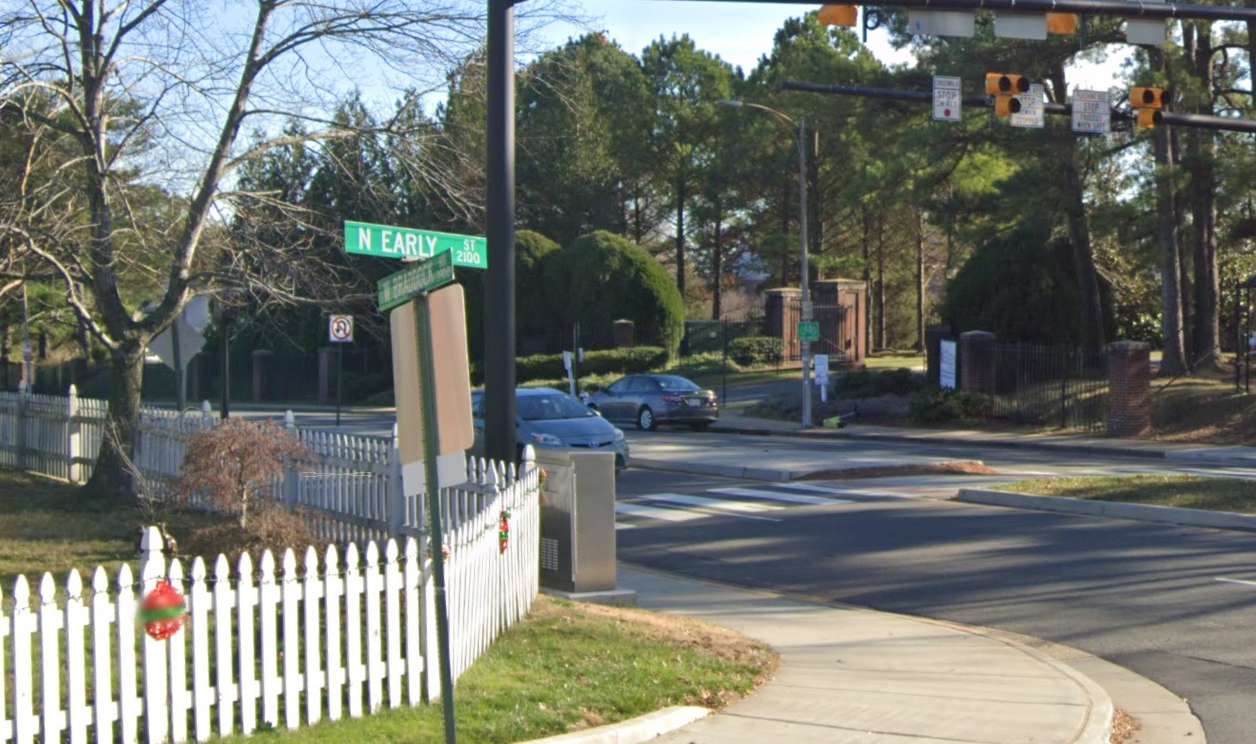
Earlier this week, Alexandria’s City Council approved the introduction and first reading of legislation to change the names of streets currently honoring Confederate leaders.
The legislation, the first fruit of a year-long effort to start a renaming process for streets celebrating leaders of the Confederacy, heads to a final vote on Saturday, Jan. 20.
While the Council was unanimously in favor of the proposal, there remained some disagreement on the dais on the efficacy of renaming vs rededication. Early Street, for example, would be rededicated from honoring Confederate General Jubal Early to honoring ‘Early’ the time concept.
“I’m less supportive of ‘Early in the morning'” said City Council member Alyia Gaskins. “I think we should recognize people when we have the chance.”
Wilson said rededications of streets to match the current names are a missed opportunity.
“I have decidedly mixed feelings on the rededication concept,” said Wilson. “With the exception of Quantrill, I imagine you can come up with a rededication for pretty much every street on the list… but my initial reaction is rededication seems like squandering some of the efforts here.”
While North Breckinridge Place would be renamed for Harriet Jacobs — one of the few streets in the city to use someone’s first and last name in the street — Forrest Street, Jordan Street and Early Street would all keep the names mostly or entirely intact, with the tribute in the name being rededicated. Forrest Street would be renamed to Forest Street, losing an R and its dedication to Nathan Bedford Forrest, a Confederate general and the first grand wizard of the Ku Klux Klan.
City Council member John Chapman said rededication offers a middle ground to build community support in what has been an occasionally divisive process.
“Rededication pulls the community to get support,” Chapman said. “The changes don’t totally wipe away the name, they mold that name to be something a lot different.”
Chapman said the pushback on changing every name honoring a Confederate leader would be significant, and taking rededication off the table would signal that the city isn’t interested in the community input. Rededication, Chapman noted, is also less of a hassle for residents of those streets.
Image via Google Maps
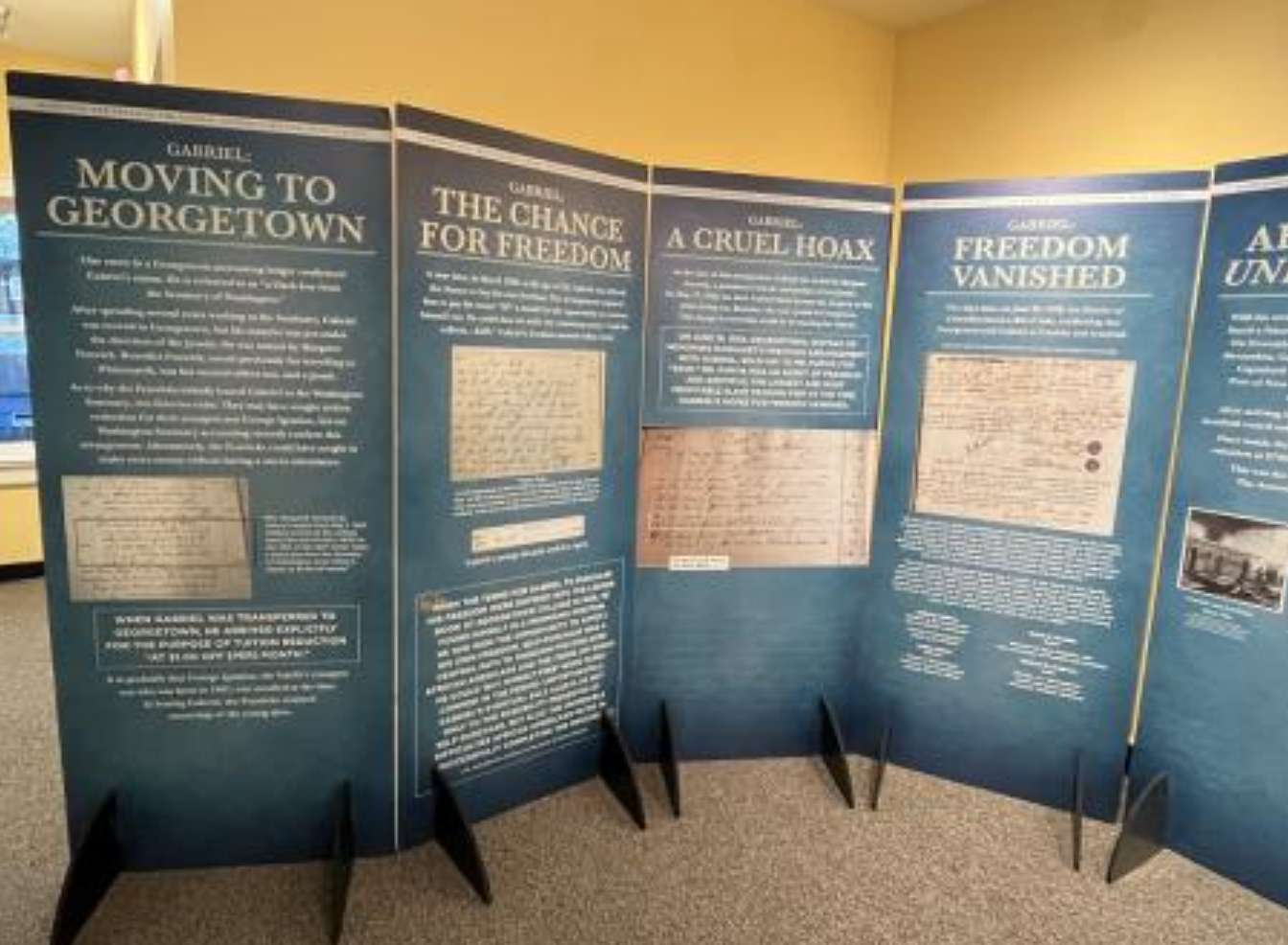
A new temporary exhibit at Freedom House Museum until April documents the life of a teenager enslaved at Washington Seminary in D.C.
“Searching for Truth in the Garden” reveals a story of Gabriel, a 13-year-old boy who was enslaved at the school — later renamed Gonzaga College High School — in 1829.
The research was conducted by seven Gonzaga students and Georgetown University history professor Adam Rothman, who started the project in 2016. Rothman was speaking to students about his work with Georgetown’s Working Group on slavery when a student asked about connections between the school and slavery. Rothman invited students to research the question at Georgetown, which they did in the summers of 2017 and 2018.
“Their work shows how students can be inspired to go beyond textbooks to take a deeper dive into our history and bring to light the untold stories of the American historical narrative,” said Audrey Davis, director of the city’s African American History Division. “With Gabriel, we learn about the horrors of the domestic slave trade, and tragic life of one enslaved 13-year-old boy.”
According to the city, the group studied accounting books, written histories, enrollment records, and other original documents related to the schools, including the sale of 272 slaves by the Jesuits in 1838.
The project also inspired an ancestry project with Georgetown University.
“According to In 1838, Maryland’s Jesuit priests sold hundreds of men, women, and children to Southern plantations to raise money for the construction of Georgetown University,” Georgetown University said. ” Though they faced incredible hardship, most didn’t perish. They married and raised children. Today, more than 8,000 of their descendants have been located through genealogical research. Use this site to search for an ancestor and to hear the stories of the descendants.”
Gonzaga history teacher Ed Donnellan helped in the project.
“This exploration of what is a very painful past for Gonzaga and for the Society of Jesus is very important,” Donnellan said. “It’s my hope and prayer that this begins something in our community that helps us heal, helps us move forward, and helps us be honest about where we’ve come from and who we are today.”
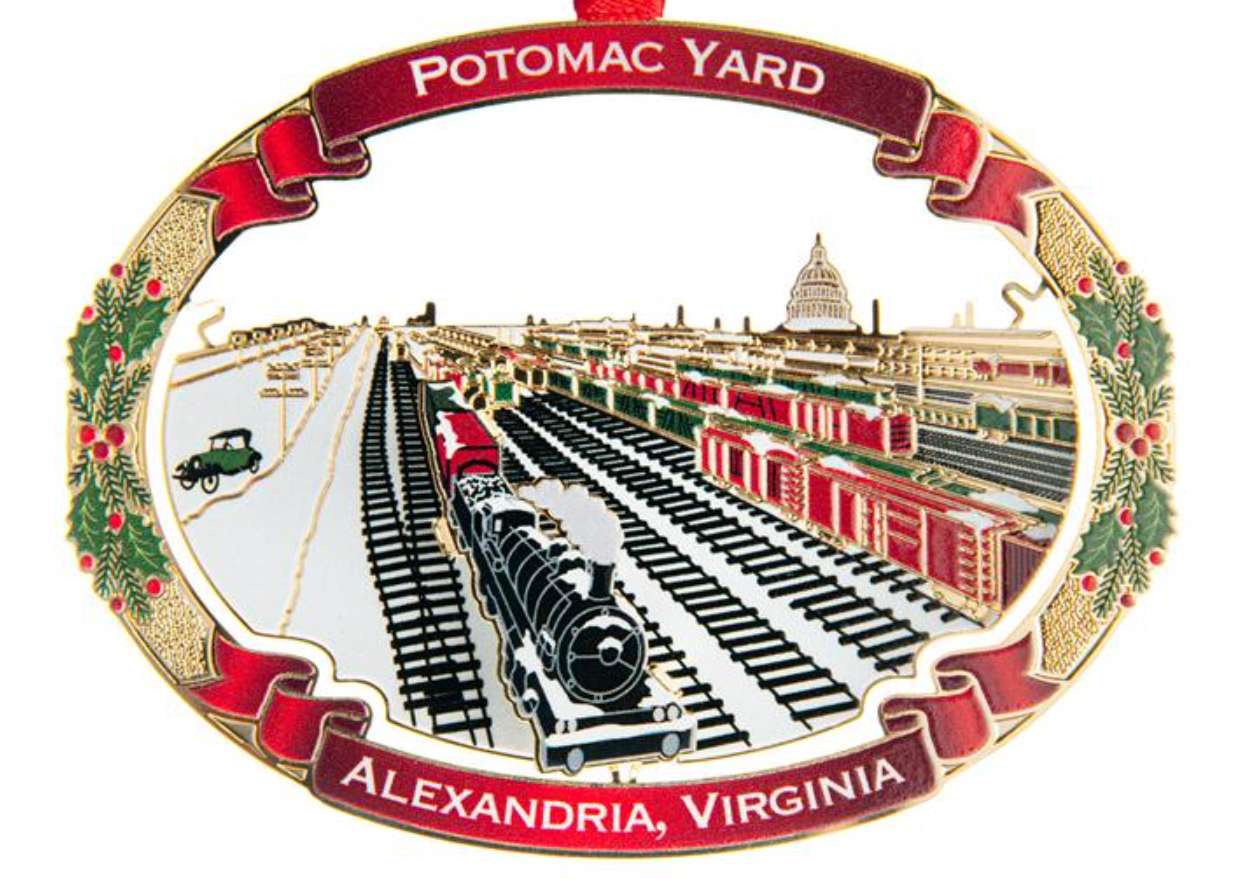
The Office of Historic Alexandria has debuted its annual holiday ornament: a solid brass decoration depicting Potomac Yard’s rail yard history.
The 3 x 2.75 inch ornament features a steam-powered locomotive in the foreground and the Capitol Building in the background. The ornament is $25.
The Potomac Yard Metro station opened earlier this year, though if the ornament were themed around the Metro station instead of the train yard, it would have been delayed multiple times due to internal issues.
The ornament comes with a collector’s box and a card detailing the history of Potomac Yard.
According to the city’s website:
Potomac Yard opened in 1906 on land that had been part of the C&O Canal only decades earlier. It was the largest rail yard on the east coast for years, shared between five railroad companies. Flanked by Richmond Highway and the Town of Potomac on one side and the Potomac River on the other, it connected the exchange of produce from the south and manufactured goods from the north. It closed in 1987, even though trains continued to travel through the former yard. The Potomac Yard Metro Station, which opened in 2023, is the most recent rail development on the site.
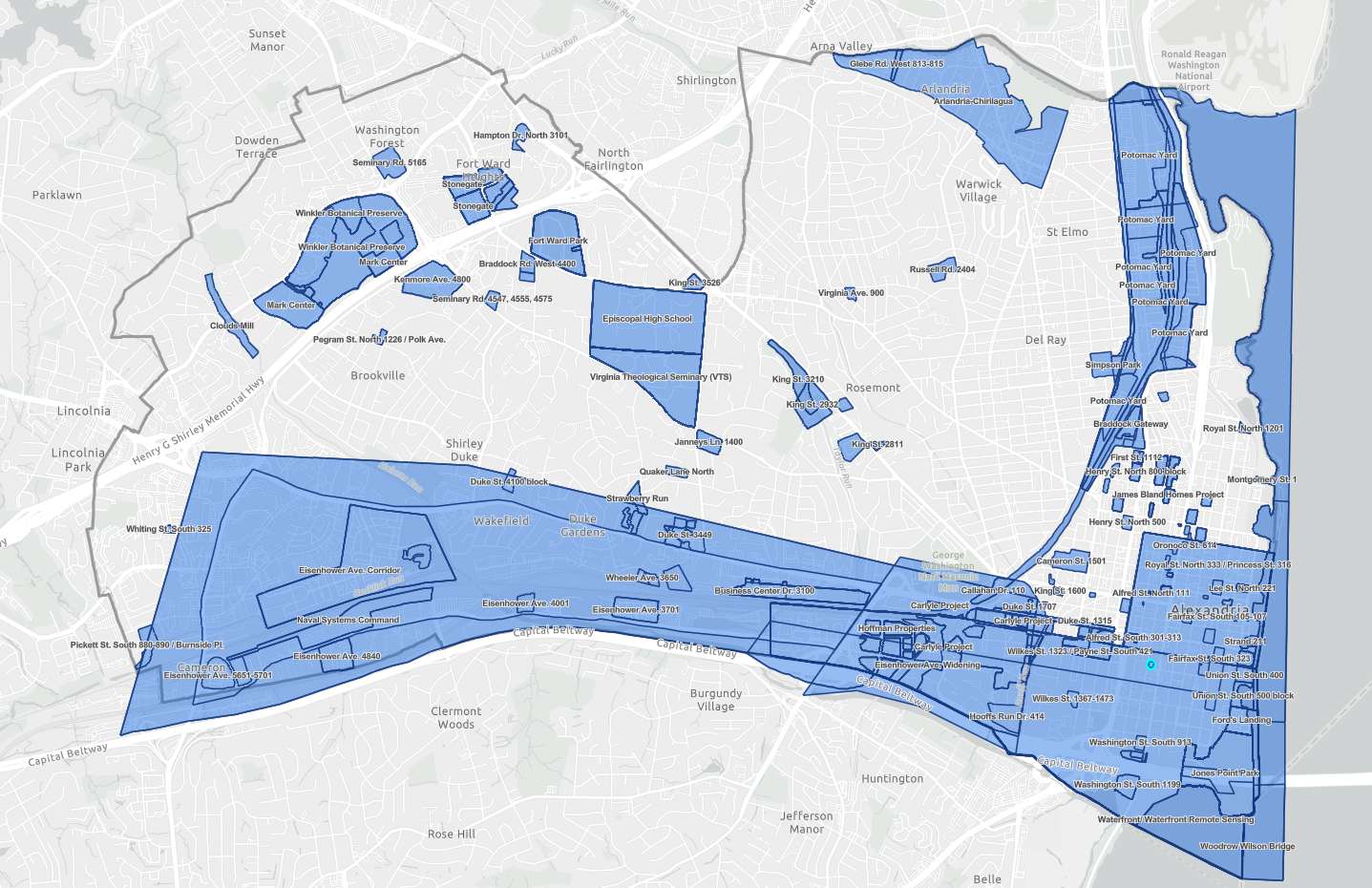
The days of digging through archives by address to find a historical report on a building in Alexandria could, themselves, be a thing of the past.
Anyone can now easily access archeological reports from around Alexandria via a new interactive map.
According to the city website:
The Alexandria Archaeology Report Finder (AARF) is an interactive map designed for exploring the archaeological and historical research conducted throughout the City of Alexandria. The map presents data spatially and works best when you have a specific location you want to research. Click the area you are interested in and look through the available reports listed on the left sidebar.
The AARF includes archaeological reports, documentary studies, journal articles and other research produced about different projects and locations. Some of the sites have reports listed but do not have links yet to the reports.
“Many of these sources contain detailed information about Alexandria’s past,” the city’s website said. “This map is meant to be an evolving repository for research on Alexandria’s past. As projects are completed and we continue to digitize our files, new reports will be added.”
Most of the reports in Old Town, Eisenhower Valley and Potomac Yard — though there are islands of reports in other neighborhoods around the city.
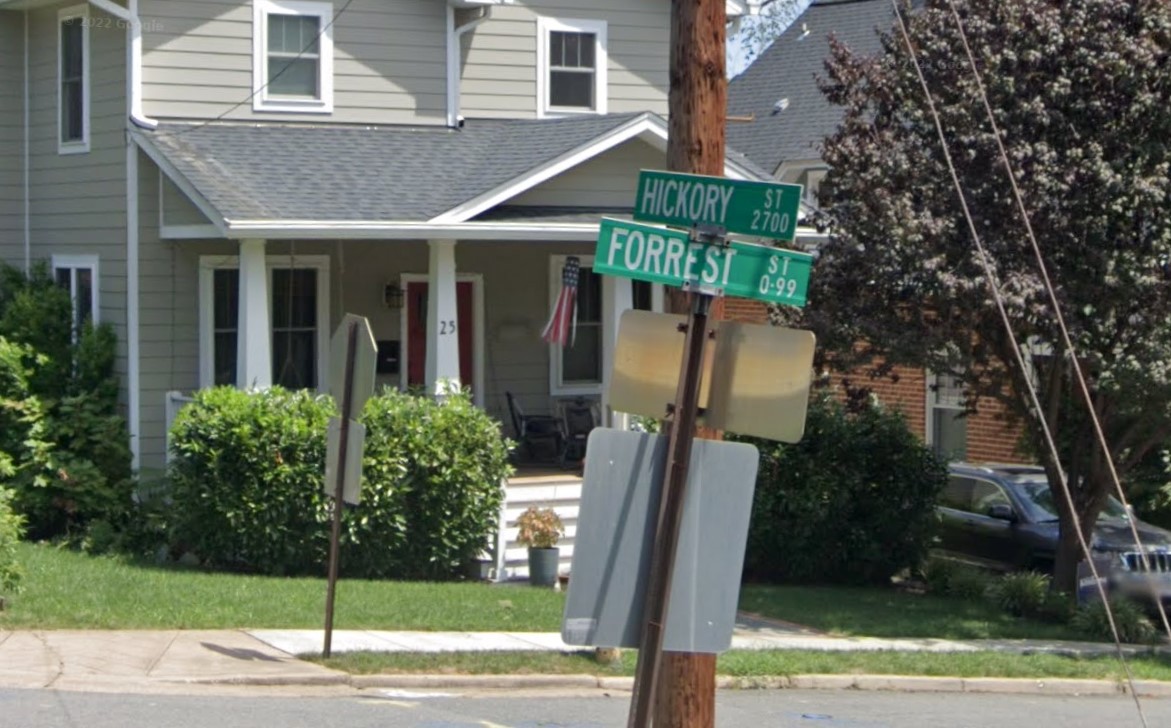
The City of Alexandria is hosting a public hearing tonight on plans to rename streets that honor Confederate leaders.
Last month, the city identified six streets that could be renamed early next year.
The streets and new names being considered are:
- North Breckinridge Place: changed to honor Benjamin Banneker
- North Frost Street: changed to honor Sarah Gray
- North and South Early Street: changed to honor Harriet Jacobs and Ona Judge
- North and South Jordan Street, Jordan Court: changed to honor the Hughes family
- Forrest Street: changed to Forest Street
The hearing is scheduled for 6-8 p.m. in Alexandria City Hall (301 King Street).
“The City Council Naming Committee will hold a Public Hearing as part of Alexandria City Council’s effort to embrace a more inclusive and accepting community,” the city’s website said. “Mayor Justin Wilson has introduced a proposal to rename streets in the City of Alexandria that are named for Confederate soldiers. A public hearing will be held to provide an opportunity for community input.”
Feedback can also be submitted online.
The public meeting comes a little over a month before the proposal heads to the City Council on Jan. 10. If approved, the streets will be changed that month.
The plan is to rename roughly three streets per year.
Don't forget, our Confederate Street Renaming Public Hearing is this Thursday, Nov. 30, at 6 p.m.
The hearing will be held at City Hall and virtually. Those who wish to speak can do so by filling out a Speaker Form: https://t.co/8G6HPRMOVI#ALXVAStreetRenaming pic.twitter.com/RRNUlPSwuQ
— AlexandriaVAGov (@AlexandriaVAGov) November 27, 2023
Photo via Google Maps

Alexandrians have had a lot of thoughts on local architecture recently, and now they’ll get a chance to craft their own building in Old Town — albeit one made out of gingerbread.
Gadsby’s Tavern Museum (138 N. Royal Street) is once again hosting its gingerbread decorating event early next month, with gingerbread houses themed around various historic buildings in Old Town.
According to the city’s website:
Learn about local architecture as you decorate a flat “façade” (front) based on historic buildings around Gadsby’s Tavern Museum. Ticket includes one flat gingerbread façade, all the supplies needed to decorate, and admission to the museum. Inspiring samples highlight architectural details you can recreate in candy and search for in the neighborhoods on your way home. Event ideal for families or adult groups; up to four people welcome per ticket. Hot cider available for purchase during event. $25 per decorating set for up to four people.
The event is scheduled for Sunday, Dec. 17, from 1-6 p.m., but be prepared to defend your unauthorized exterior gumdrop additions or anachronistic frosting choices at the Board of Architectural Review later.

